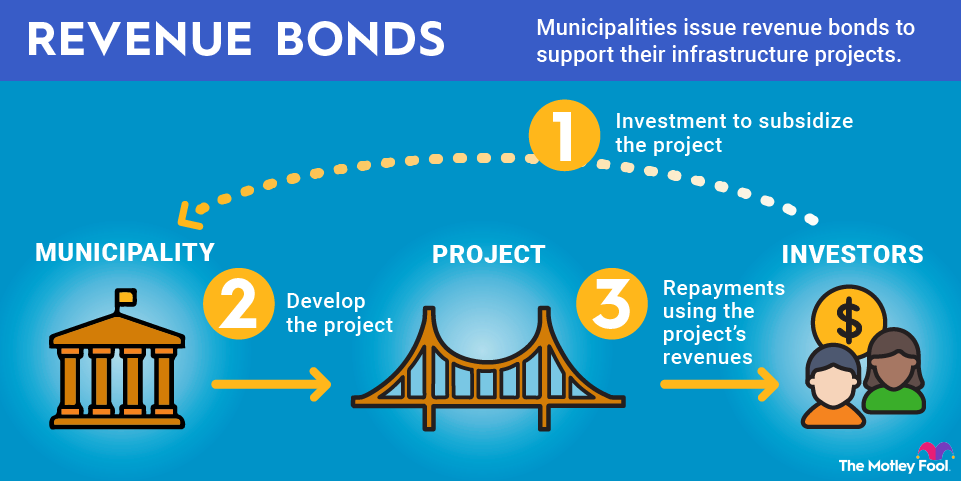If you change jobs, it's very likely you'll need to roll over your retirement funds, but just what does that mean? We'll cover what that includes, the different types of rollovers, and a few key things you need to know before you roll over your funds.

What is a rollover of retirement funds?
A rollover of retirement funds is a method for transferring your retirement savings from one retirement account to another. Generally, it's from a 401(k) or individual retirement account (IRA) to an IRA, but you can sometimes roll your 401(k) over from one employer plan to another.
There's no limit on how much you can roll over into an IRA, and the funds won't count toward your yearly contribution cap. There is also no limit to how many IRAs you can roll into, although it can get confusing if you have many IRAs floating around at once.
Why roll over your retirement funds?
When you change companies, you have the option to take an early withdrawal of your funds, which you can then use however you please. However, this is not really the optimal plan, unless you have some kind of investment that can more than cover the 10% penalty and additional taxes that may be incurred.
No stocks can guarantee that kind of return, so it generally makes a lot more sense to simply roll over your retirement funds into a similar account to protect them, shield them from taxes (unless you're rolling them into a Roth IRA), and keep your costs low, preserving your retirement money.
Types of rollovers
There are three main types of rollovers you should be aware of if you're considering doing a retirement fund rollover. These are direct rollovers, indirect rollovers, and rollovers for business start-ups (ROBS). Here are some short descriptions of each type.
Direct rollover
Most people choose a direct rollover due to the simplicity of the process. In a direct rollover, you simply arrange for the funds from the retirement account you wish to roll over to go to the institution or employer plan where you intend to hold them. These financial companies then communicate with each other and directly transfer money from one to the other, effectively removing you from the process.
Indirect rollover
An indirect rollover is what happens when you request that your funds be sent to you in the form of a check. You're then presumed to be opening a rollover account with the money. However, not everyone does, or at least they don't in a timely manner. If you're rolling over from a 401(k), you have only 60 days to deposit the check elsewhere; otherwise, major penalties and taxes may come into play.
Rollover for business start-ups
A third option now exists, allowing you to roll over into your own start-up, known as a Rollover as Business Start-ups (ROBS). This can be a tricky transaction to pull off, and you'll need help from a professional to ensure you don't end up losing a lot of money to penalties. When properly executed, however, a ROBS transaction can fund your new venture, which may provide more retirement income than an IRA could.
Related investing topics
The IRA one-rollover-per-year rule
Since 2015, the IRS has had a rule in place that allows you to make only one rollover from a particular IRA, regardless of the number of IRAs you have, including simplified employee pensions (SEPs) and SIMPLE IRAs.
However, there are a few exceptions to this rule:
- Rollovers from traditional IRAs to Roth IRAs, known as conversions
- Direct transfers to another IRA
- Rollovers between IRAs and retirement plans
- Rollovers between retirement plans
If you do a rollover, regardless of the rule, you'll be subject to harsh penalties and taxes.



















